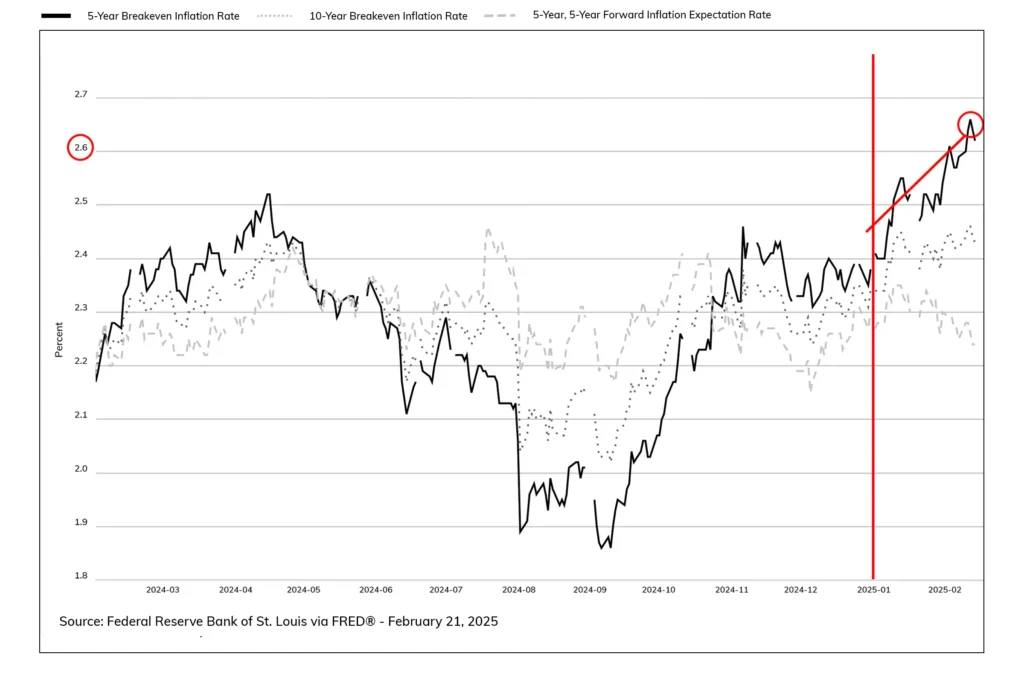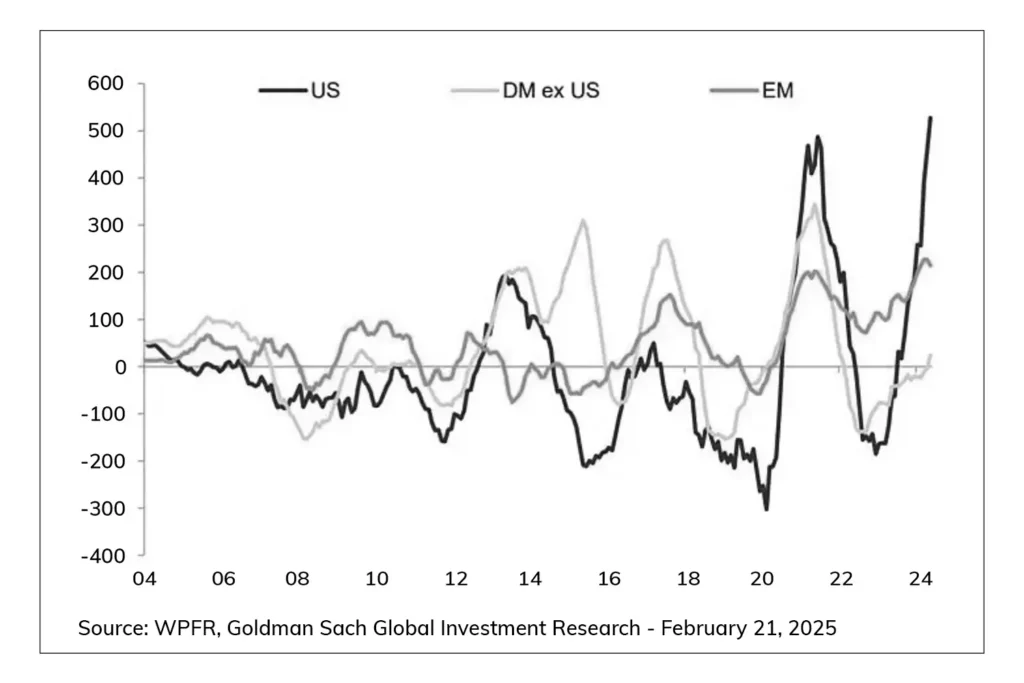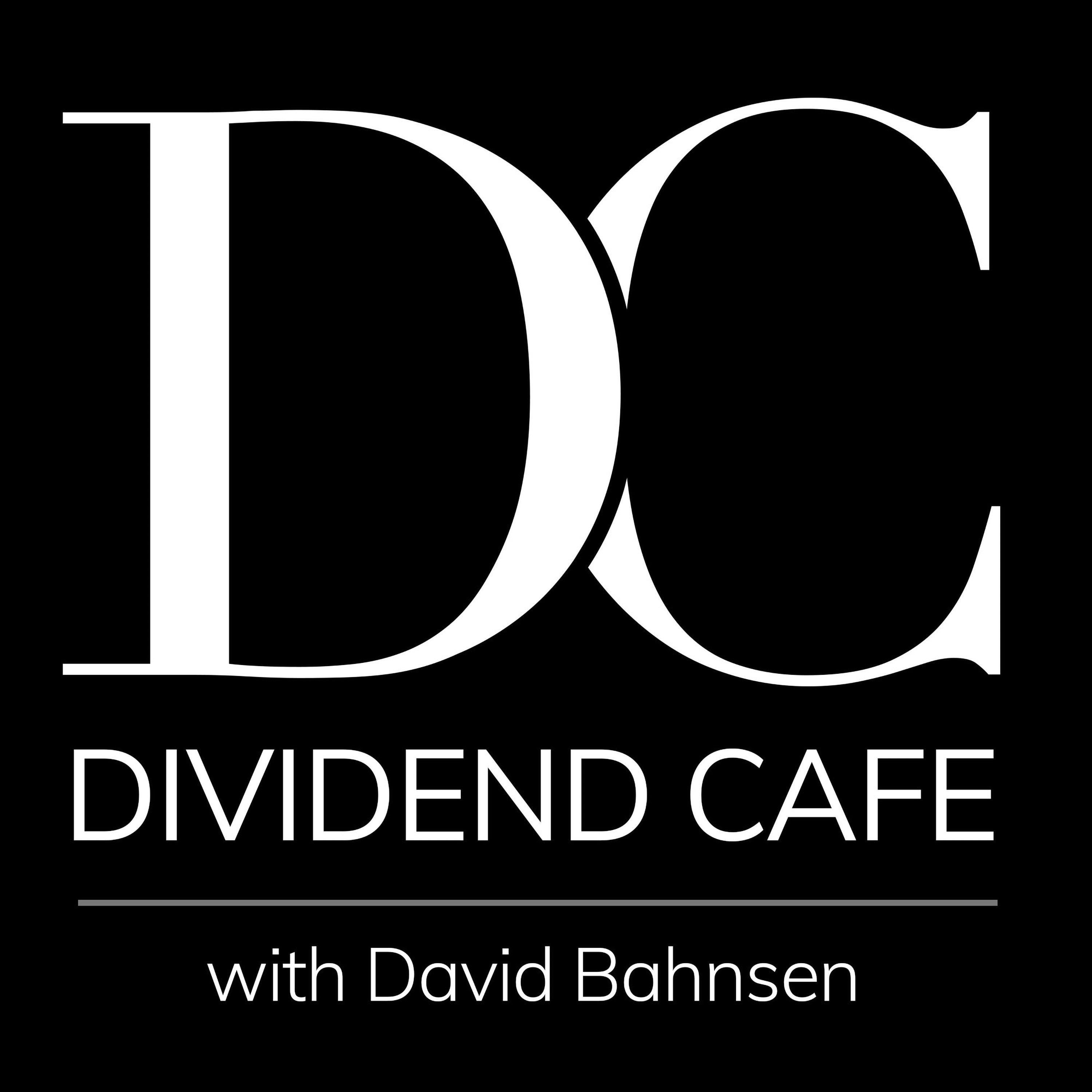Dear Valued Clients and Friends,
I have a few things to get to in today’s Dividend Cafe, but none are as important as looking at the current lay of the land in inflation. A cogent understanding of the price level, of the good and bad policies that impact prices, and what that means to us in the investing decisions we make are among my favorite topics to ever, ever write about. Just thinking about it all has gotten me excited this week, so I promise this is going to be a fun one.
Jump on into the Dividend Cafe, and let’s talk about inflation, oil, housing, TIP spreads, and earnings. Now you must be excited!
|
Subscribe on |
Inflation without Sleeping and Driving
Nothing better captures what people think about prices – how consumers and wage-earners feel – than oil prices. I would add housing costs, as well, to this (of course). In other words, I have two shocking things to say this week:
The most political part of CPI is ENERGY and SHELTER (because what do people feel in their pocketbook more than monthly rent and the cost of filling up the tank).
And the least monetary part of CPI in terms of inflation properly defined is ENERGY and SHELTER.
In other words, there is a dramatic disconnect between the parts of “inflation” that matter and the way we talk about inflation. And in this disconnect, many very important conversations are never had. And a lot of absurdly stupid conversations are had. Let me unpack this more.
The definition of inflation is “too much money chasing too few goods (and services).” Inflation is, always and forever, a monetary phenomenon. When the government uses the money supply irresponsibly, it causes the price level across society to increase. It is not the accurate definition of inflation to refer to ONE thing going up in price. If the TOTAL supply of money and the TOTAL supply of goods and services were exactly the same, all one price going higher means is that another price went lower, and that is not inflation. Inflation is when the TOTAL price level goes higher, which is very hard to measure. But when it does happen, it is not hard to know why – it is because the total supply of money went up more than the total supply of goods and services.
Therefore, those who take the price level seriously have always been a hybrid of MONETARISTS (the money supply side) and SUPPLY-SIDERS (the production side). I have had a charter membership in this club since I was old enough to hold an economics book. Grow the money supply responsibly, and produce more goods and services, and you enhance the standard of living in an economy without inflation. It is the right economic theory around inflation and has seen validation in results (whether it be from poor practice creating inflation or good practice combating it).
So why do I say that this topic gets complicated around oil and housing? Well, let’s say you are running for office, and the voters are mad that rent is 50% of their disposable income. If you go up on the stump and say, “Look, this is not inflation; the total money supply has not outpaced nominal GDP growth, and the price of most goods have flatlined or gone down, so you don’t have to worry that this is inflation!”. What do you think the odds of that wonky candidate strategy are going to be in an election? I’d bet on the guy who traded Luka away winning an election in Dallas before that guy won. If you say, “Rents are going up, and that is a price increase to you, and it matters to you, and it is caused by an inadequate supply of new product, too much regulation, too much increase in insurance cost, high burden of entry around zoning and entitlement” (and so forth and so on), you will have told the truth. Still, voters don’t care that what you described is not “monetary inflation.”
So this is not an academic exercise, nor is it a political strategy play. But it matters from the seat I sit in to get it right. As someone who is never, ever, ever, ever going to run for any political office, I do not primarily worry about “political messaging.” I care about economic ramifications that impact client portfolios. Those are my areas of focus. Therefore, I can afford to be more technical and precise, and theoretical in how I think about inflation and oil, and housing – because my focus is not necessarily on the necessary empathy of how a particular silo of the economy is impacting real people; I can focus on big picture economic causation and ramification that informs how I manage money.
Oil prices are barely ever a monetary phenomenon. And oil prices are primarily how people FEEL about what they THINK is “inflation.” Do you see my point? Generate too much oil supply (OPEC, Iran, U.S. shale, drill baby drill) relative to demand, and prices drop – though I should say, no one ever seems to call THAT “deflation.” But see supply fail to meet demand levels, and oil prices go up. A Middle East war. A canal or strait or peninsula being shut down. A refinery is being taken offline. A policy decision. A weather-related headwind. Plenty of things create supply disruptions. Plenty of things impact demand (a recession and a COVID shutdown, negatively; a surge in economic growth in India or China, positively). But these long lists of supply and demand realities are not MONETARY. And yet, if you are Mr. Middle-Class Guy in Middletown, Ohio, why do you care what is causing it? Your pocketbook feels the impact of higher or lower gas prices, and you have been trained to immediately CREDIT a politician when prices drop and BLAME a politician when they increase. Rinse and repeat.
Inflating Expectations
Tariffs have not been implemented, and I have talked plenty about the dual reality that (a) Tariffs that don’t happen are not inflationary, and (b) Tariffs are inflationary. It is time to add a third point to this reality: (c) Threats of tariffs increase inflation EXPECTATIONS.

TIP spreads have blown out to 2.6% since the turn of the year, adding 25bps to annual inflation expectations in a matter of weeks.
Tariffs do and don’t
But do tariffs cause “inflation” as a matter of the monetary phenomena described above? Yes and no. First of all, it is true that if the money supply is not changed, the theory would indicate that a tariff increases the price of one thing but lowers it in another. We can believe that to be bad policy, picking winners and losers, cronyism – all things I believe, by the way – but it is not inflationary (yet). However, tariffs impact the second part of our definition. Too much money (not from tariffs) chasing too few goods (and services) –the supply side!
Yes, tariffs can put downward pressure on production when total trade is negatively impacted, lowering supply in a way that pushes prices higher. This is the inflationary fact of tariffs, and it is missed by far too many people who ought to know better.
From Russia with Love
What Russia is able to do and not do in terms of oil production impacts the global price of oil. It is not a U.S. monetary phenomenon, but it is a big deal. Russia is producing 1.2 million barrels of oil per day LESS now than they were before the Ukraine war, BUT that is exactly in line with their OPEC+ commitments – it is not related to their sanctions or the war itself. Saudi and other OPEC+ nations have a proportionately lower production. If the Ukraine war ends soon, do we believe Russian oil production is about to surge, dropping oil prices substantially? Not really.
Goldilocks
Oil has stayed in the low-70’s for a while. U.S. energy production (and regulation around it), Iran’s relationship with the world, OPEC+ production quotas, and of course, demand levels in China – are all primary drivers of oil prices and have all resulted in oil around the $72 mark (give or take a benign $6/barrel) for a long time. It has actually been a very prolonged period of relative oil price stability, and stable in a way that is not particularly inflationary or burdensome and also quite profitable for producers. $85 becomes politically problematic. $62 becomes investment problematic. But so far, goldilocks has been alive and well in the oil market for quite a while.
As earnings go …
We appear to be on track for +15% earnings growth year-over-year in Q1 (for Q4 earnings that were reported in Q1), reflecting the base effect of Q4 2023 earnings. That is robust y/y earnings growth, indeed! However, as guidance for full-year 2025 has come in, it has put downward pressure on expectations, with consensus Q2 and Q3 numbers now modestly lower than where they started the year. A full-year expectation from $277 of S&P profits to $270 is not earth-shattering (-2%), but if it falls much more, we are now looking at a decline below a +10% year-over-year growth assumption (was $244 in 2024 and expected to be above > $270 for 2025). I can’t scientifically mark where this triggers a re-pricing. Still, I believe a double-digit assumption of earnings growth that becomes a single-digit assumption is going to very hard to justify keeping a 23x multiple on the S&P (at current price, assuming $270 of earnings happen this year, the S&P is trading at 22.6x forward earnings).
Candidly, at any level of y/y growth, it is hard to sustain a 22-23x multiple, but timing a re-pricing without a known catalyst is not something I can do. What I can do, though, is tell you about it after it happens!
Chart of the Week
Flows into U.S. equities collapsed in 2022 because U.S. equities did very poorly in 2022. And flows have skyrocketed into 2025 because equities did very well in 2023 and 2024.

Quote of the Week
“More fiction has been written in Excel than in Word.”
~ Morgan Housel
* * *
I am going to spend next week in the TBG Nashville office and am really looking forward to seeing a lot of you on Tuesday night. I have a few ideas for next week’s Dividend Cafe already, but it can really go anywhere between now and then. Make it a great weekend, and we will hope for a lovely final week to conclude the month of February!
With regards,
David L. Bahnsen
Chief Investment Officer, Managing Partner
The Bahnsen Group
thebahnsengroup.com
This week’s Dividend Cafe features research from S&P, Baird, Barclays, Goldman Sachs, and the IRN research platform of FactSet












